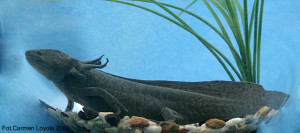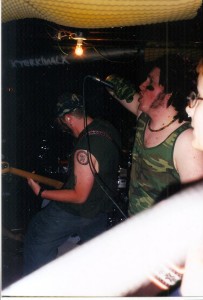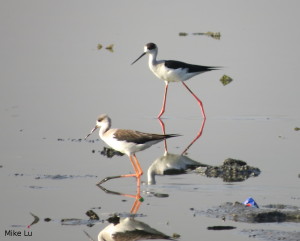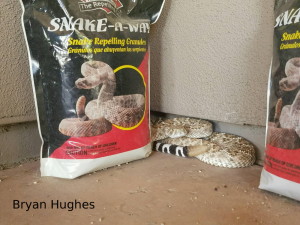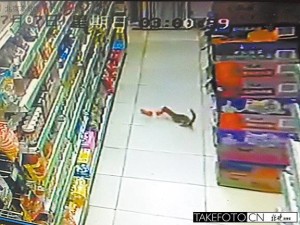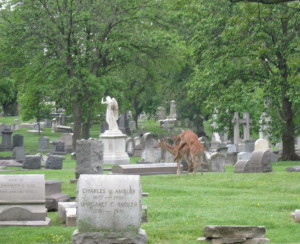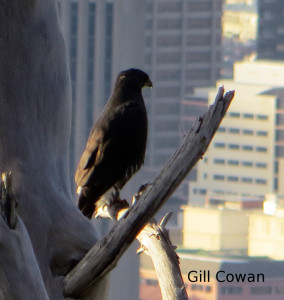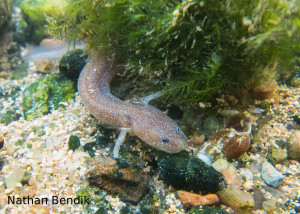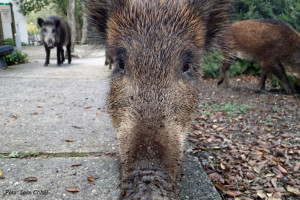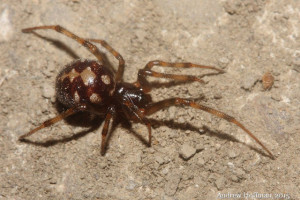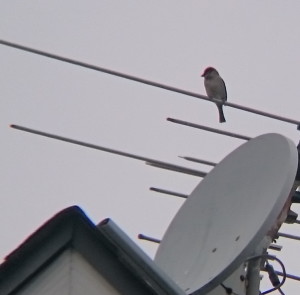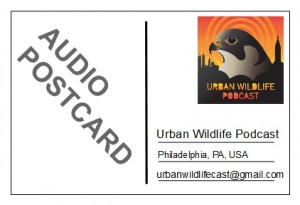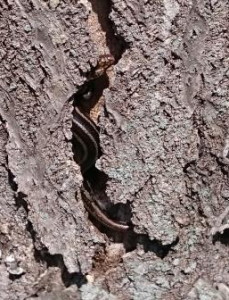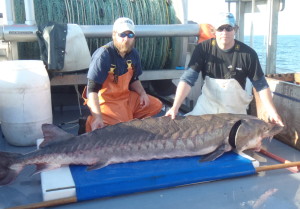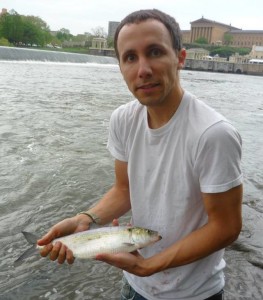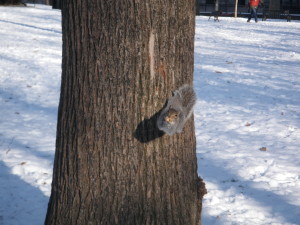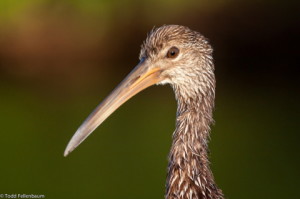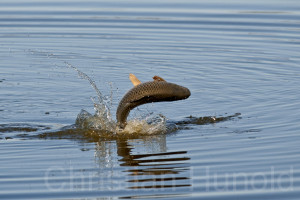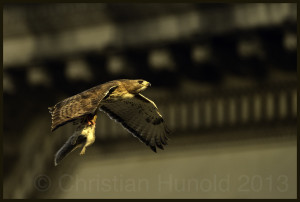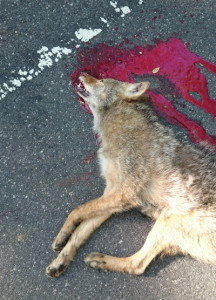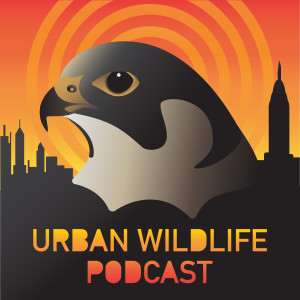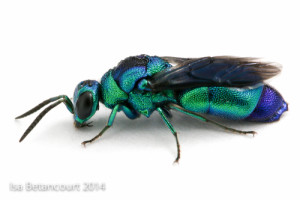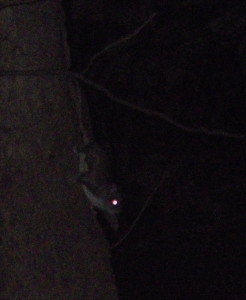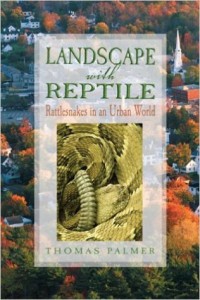Get inspired with urban corals and urban shaliks. Hannah Waters joins us as we hear from Coral Morphologic‘s Colin Foord to talk about the corals of Miami’s gritty waterways and art installations based on Miami’s marine life.
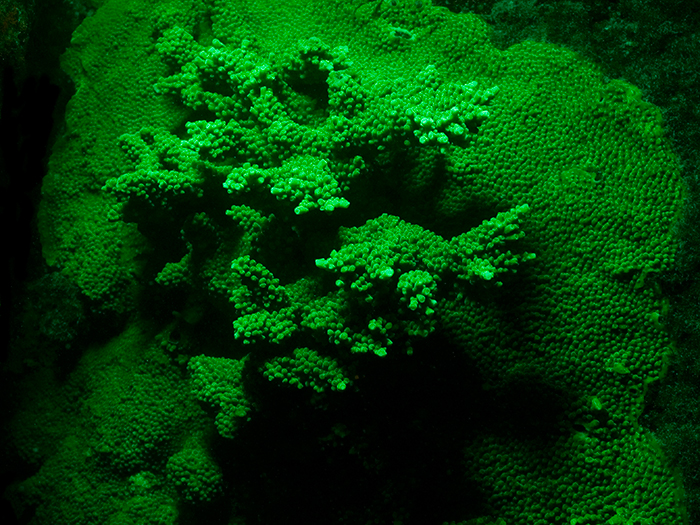
Coral Morphologic’s shot of a Miami hybrid staghorn/elkhorn coral.
Our synanthropic organism of the week is the starling. We hear about a Belfast murmuration from Dr. Neil Reid of Queen’s University. A starling is a “shalik” if you’re in Dhaka, Bangladesh, where we join Sourav Mahmud, birder, ecologist, and shalik enthusiast who wrote a book about Bangladesh’s starlings and their place in the works of poet Jibanananda Das. We close with one of Das’ poems featuring a starling (from Bengal the Beautiful, translated by Joe Winter, used with permission by the publisher Anvil/Carcanet Press):
In this dusk air only beetles and dragonflies fly,
straws drop silently from a shalik’s beak on the way;
ah, softly it picks them back up from where they lay;
the dusk’s red vein sets homeward mild of eye,
a dove croons – the stars find peace in the silent sky;
a green red pui-creeper lies astray,
submerged in mist and sun at the end of a Pous day,
as this icy cool soft month of solace goes by –
see, red fruit fills its breast, peace is in its eye –
in the dusk air where do the beetles and dragonflies fly?
straws drop silently from a shalik’s beak on the way;
softly it picks them back up from where they lay;
the dusk’s red vein sets homeward mild of eye,
but I shall never be close to you under the boundless sky.
Podcast: Play in new window | Download
Subscribe: iTunes | Android |

